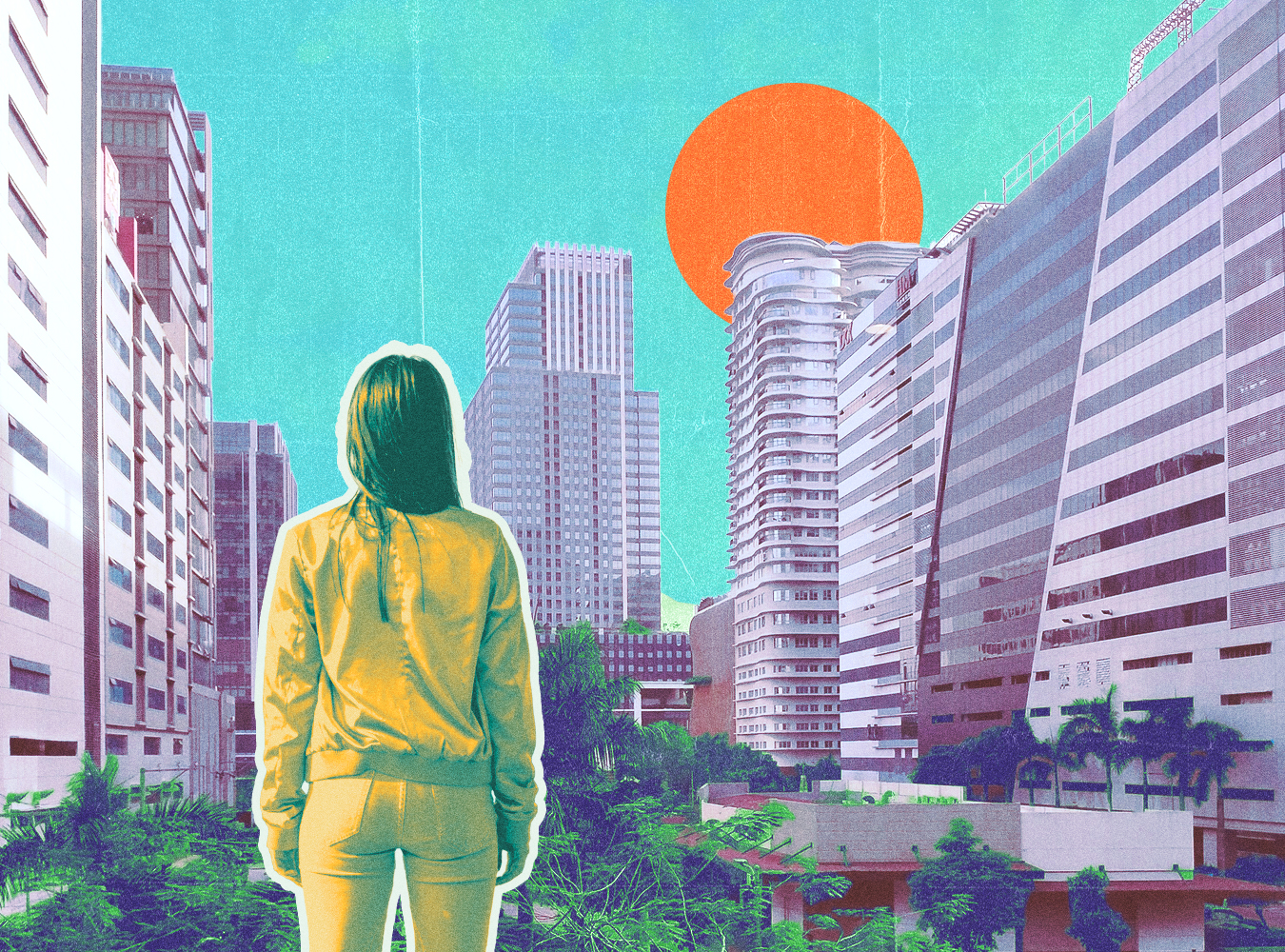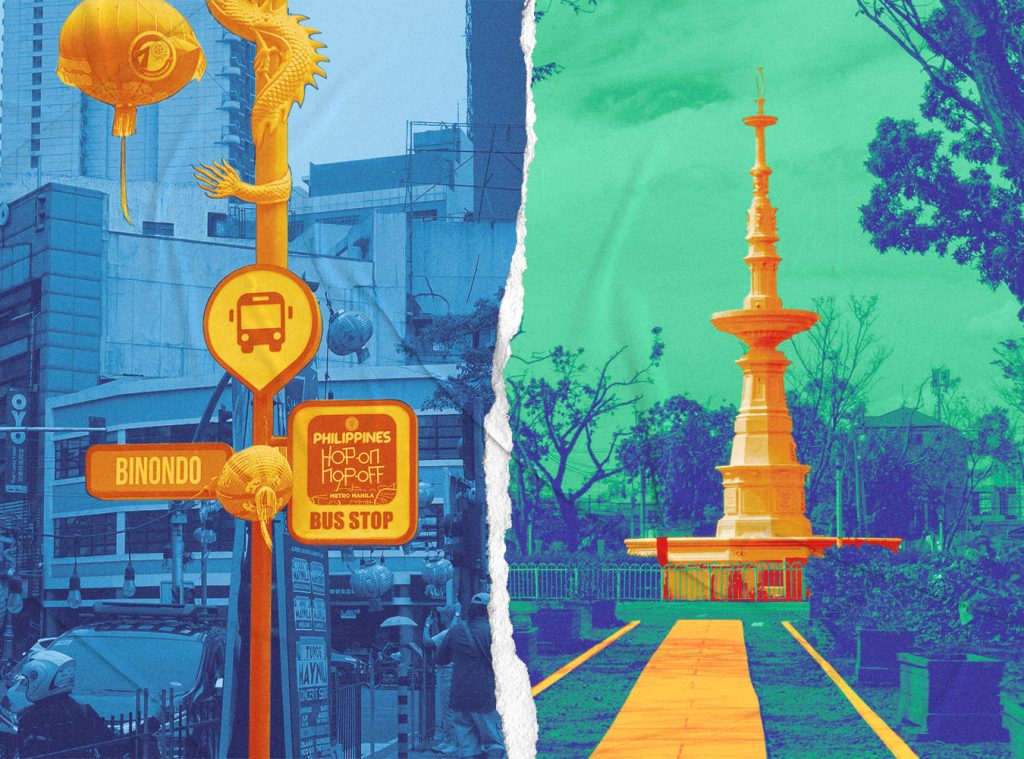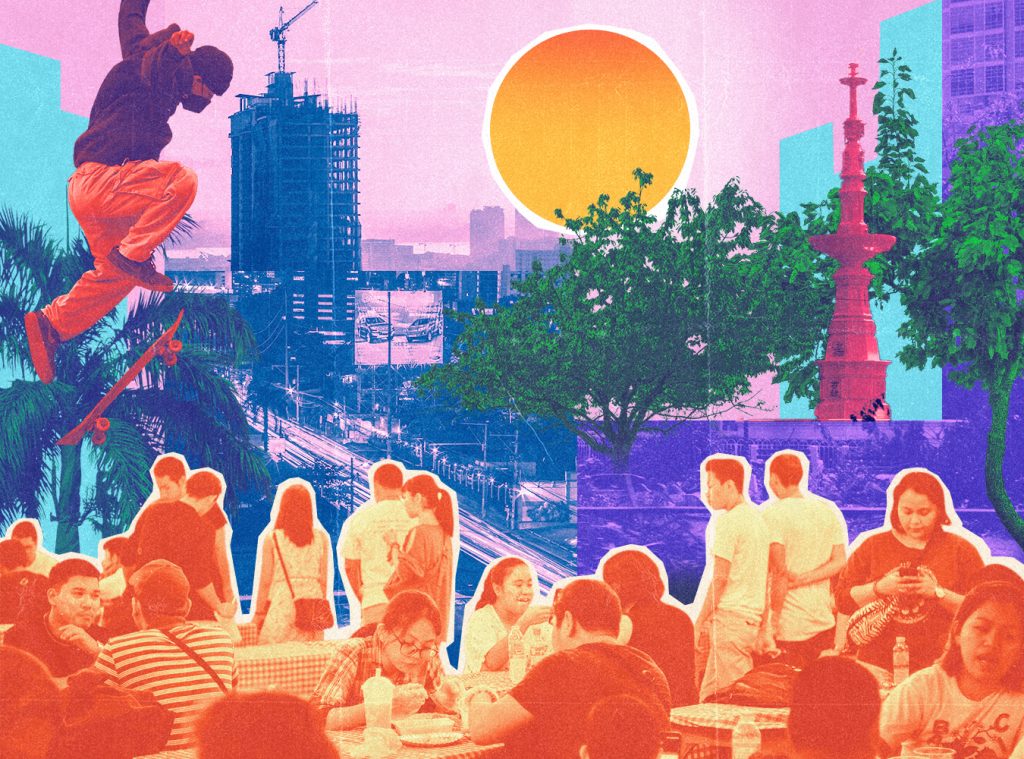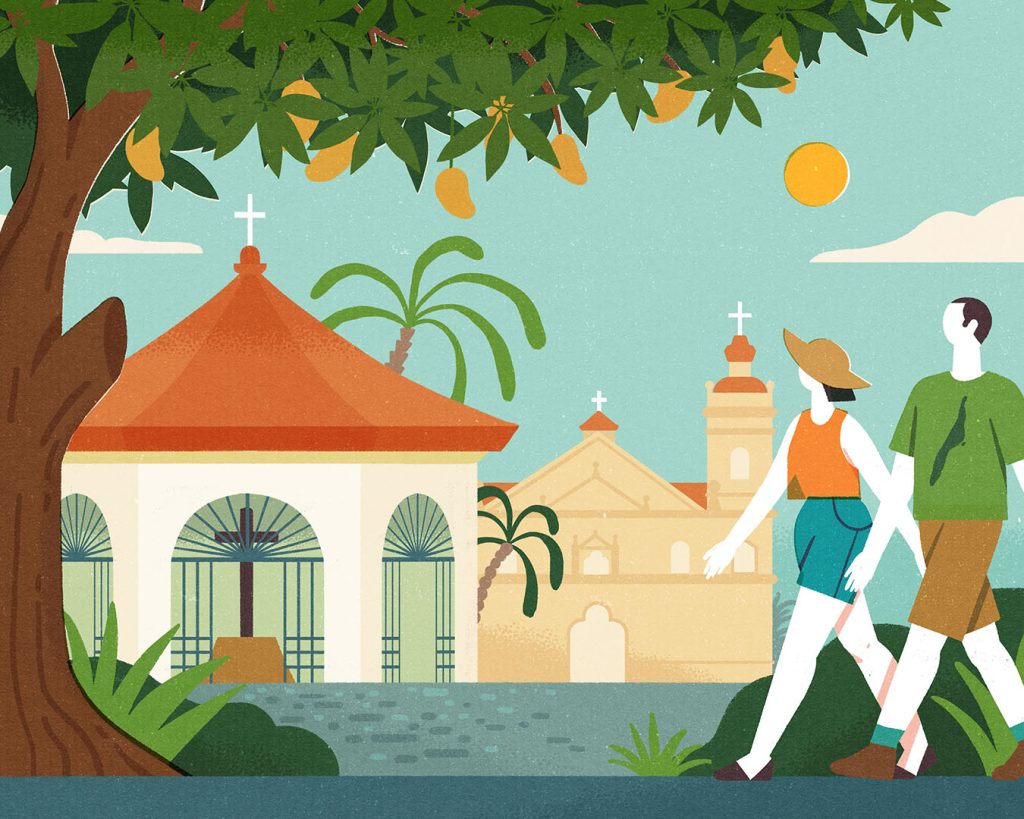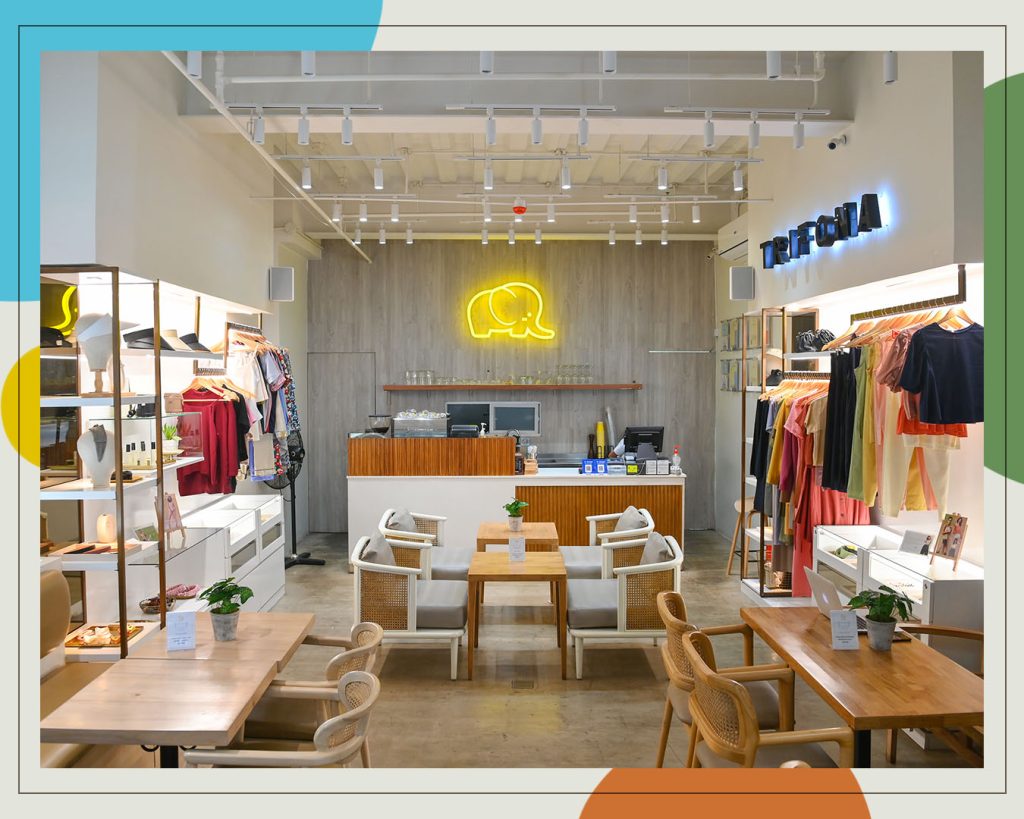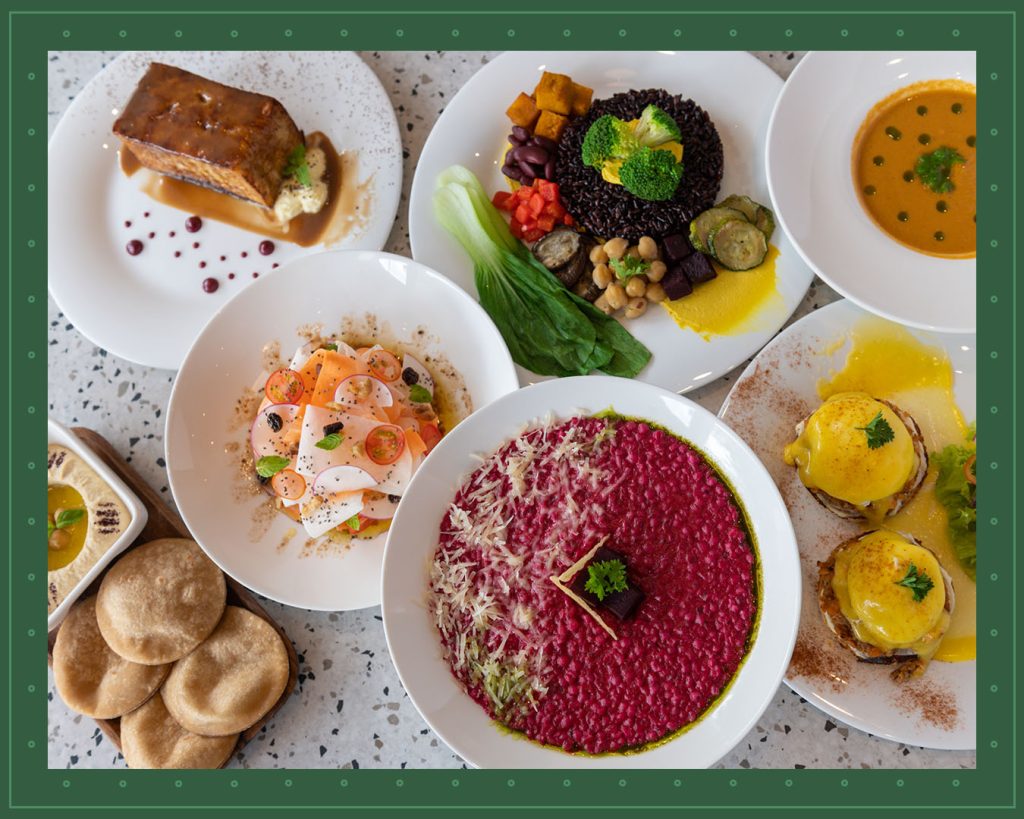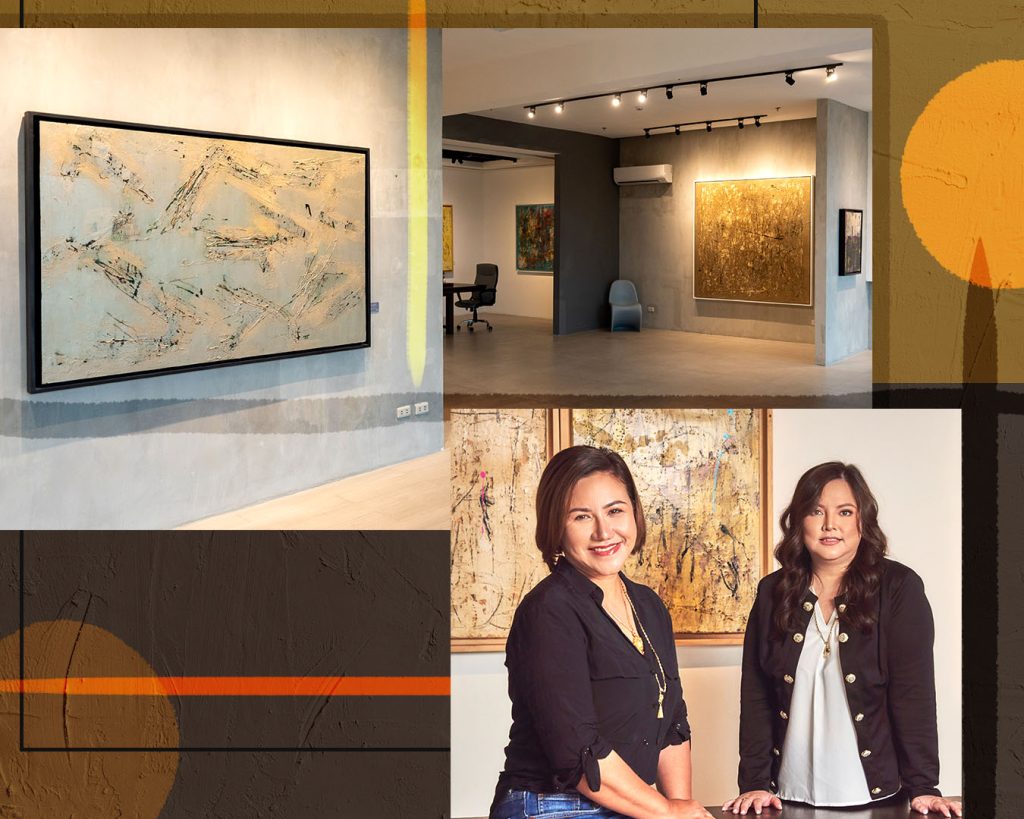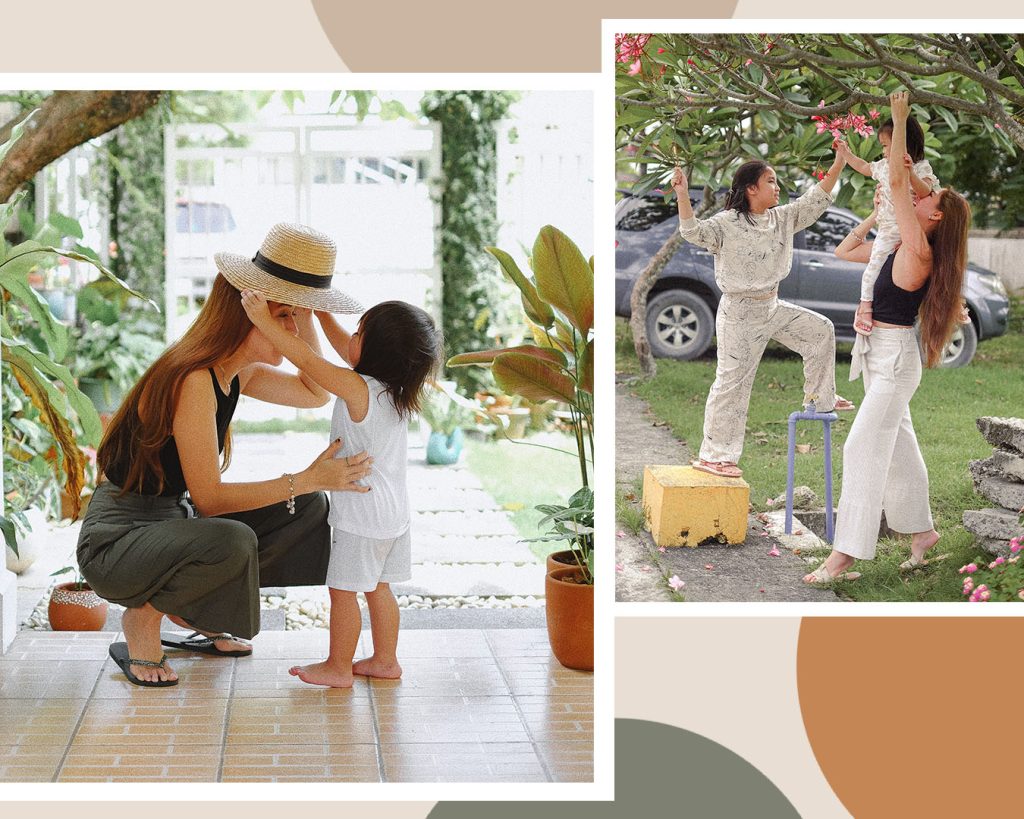When I think about Cebu City, a certain image flashes in my head: It’s past 4 A.M. and the world I find myself in is vastly different from the one I had a while ago. In the world I had, the loud music blasting through the speakers and the flashing lights drown out my thoughts. The rhythm injects through my veins and my usual worries are flushed out of my bloodstream. But it’s past 4 and I am on my way home behind an Angkas rider. The buildings on my sides appear to me hazily because they stay grounded in where they are but I am constantly moving. As we move through the overpass bridge along Archbishop Reyes Avenue, I feel the wind caress my face. The night is cold and the road is illuminated by the warm streetlights. My hair flails in the air, mimicking the freedom I feel within me. In these silent rides home, I find myself feeling invincible. I am thrusted into a moment of introspection and I think: my life has changed and it is constantly changing. I am alive.
When I look at the buildings and roads of Cebu City, I can’t help but think that they were once unfamiliar to me. Everything was new and daunting. There I was, a girl from Tacloban, trying to find her way around the city where she would find herself for the next couple of years. I remember in my second week alone in Cebu, I had to go to USC Talamban Campus. I wanted to familiarize myself with the transportation system, so I asked my friend what jeep I should ride. “13C,” she replied.
It wasn’t only the city that was unfamiliar to me but the language as well. I only had a handful of Bisaya words in my vocabulary and it was my first time riding a jeep in Cebu, so imagine how confused I was when the driver asked me, “Asa ni manaog?” I wanted to ask him what he meant but my shyness made me mute. “Asa ni monaog?!” He asked again, this time more aggressively. If there’s a fight or flight response, mine would be fight-the-urge-to-cry-because-I’m-in-public-and-people-are-watching. Thankfully, I snapped out of the panic in a millisecond and deduced what he meant. “San Carlos, kuya,” I answered. I was going to give myself a mental pat on the back when the driver asked, “Unsa?!” Apparently, my voice wasn’t loud enough. “San Carlos po!” I said with a louder voice. Phew. That felt like hell.
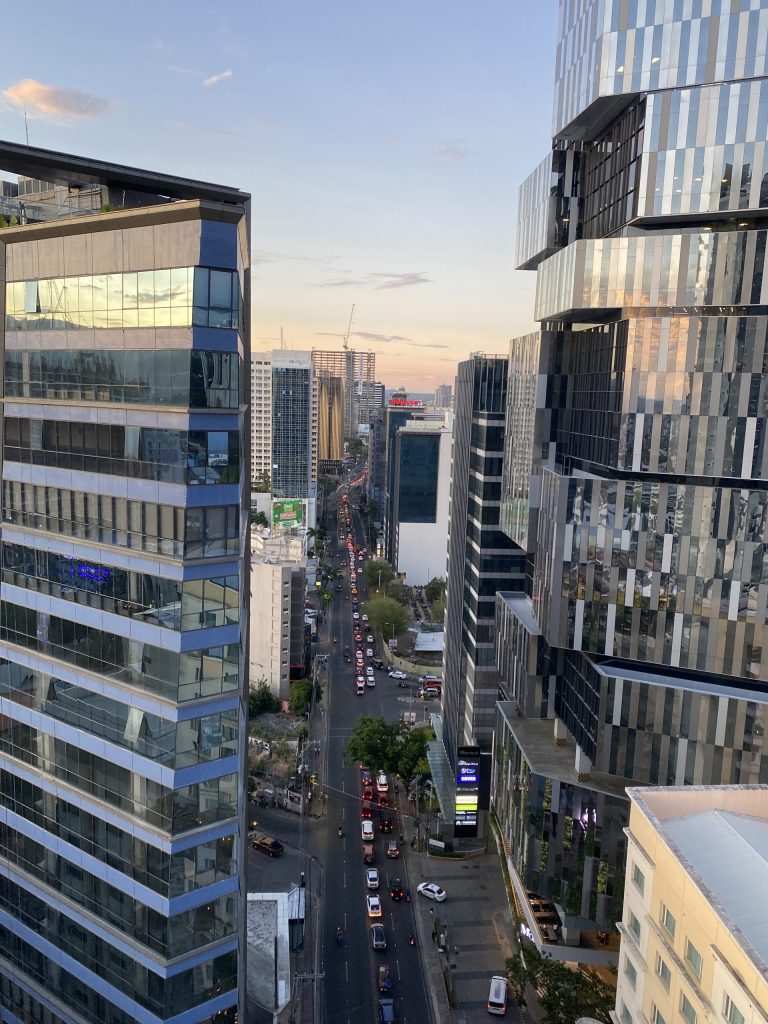
I primarily converse with the people around me in English with bits of Bisaya words sprinkled around my sentences, so I usually manage okay despite my handicapped vocabulary. Certain moments, however, make me wish that I spoke fluent Bisaya; like when an Angkas rider or Grab driver starts a conversation with me. I understand what they’re saying but I couldn’t express myself as eloquently as I could if we were conversing in my mother tongue. These interactions always leave me unsatisfied. I wish I could’ve said more, I wish we could’ve talked more. I could’ve connected with them better.
Being the introvert that I am, I could manage doing things on my own. I love being alone, going to places alone, and doing things alone. You can move to a city alone, but you can’t make it if you keep on living alone. Because when you’re put in an unfamiliar environment, community must be emphasized. I wouldn’t have survived adjusting to moving to a much bigger city had it not been for the friends I’ve made. The friends who would translate Bisaya words for me, the friends who’d do a lot more other things than that for me. The friends that I’d go places with, converse with, and laugh with. The city in itself is beautiful, sure, but what’s even more beautiful are the connections that I’ve made, both with people and places. In Cebu, it’s not just one or the other; it’s both: the people and the places.
Take, for example, Molave. When you arrive there early in the afternoon, the street is clear and people are sparse. But as time moves, more people come and it becomes hotter, more humid. Sweat starts trickling down your nape and forehead but you pay no mind. There’s a knowing that this heat and humidity is caused by the warmth of multiple bodies occupying a narrow street. Cold means something is dead, anyway.

It’s been more than a year since I’ve lived in Cebu City and the place and language are more familiar to me now. If there’s anything else that I learned other than the tangible jeepney codes and Bisaya words, it would be the intangible importance of thrusting yourself into an unfamiliar setting despite your fears. Along the way, what’s unfamiliar will become familiar and things won’t be so scary anymore.
But there is also beauty in discovering new things that you could only find in unfamiliarity. Despite the familiarity that I’ve built with the city, I still find myself encountering new things and going to new places. Cebu City continues to unravel itself before me and I will continue to be mesmerized by it. I’ve grown to love Cebu, and perhaps I love it as Joan Didion loves New York. As she wrote in her essay Goodbye to All That, “I do not mean love in any ‘colloquial’ way, I mean that I was in love with the city, the way you love the first person who ever touches you and never loves anyone quite that way again.”
The beauty of life finds itself in the crevices of Cebu City, in the connections that I’ve built with people, and in the meanings that I’ve given places. It’s August, and the world I find myself in is vastly different from the one I had months ago. My life has changed and it is constantly changing. I am alive.


